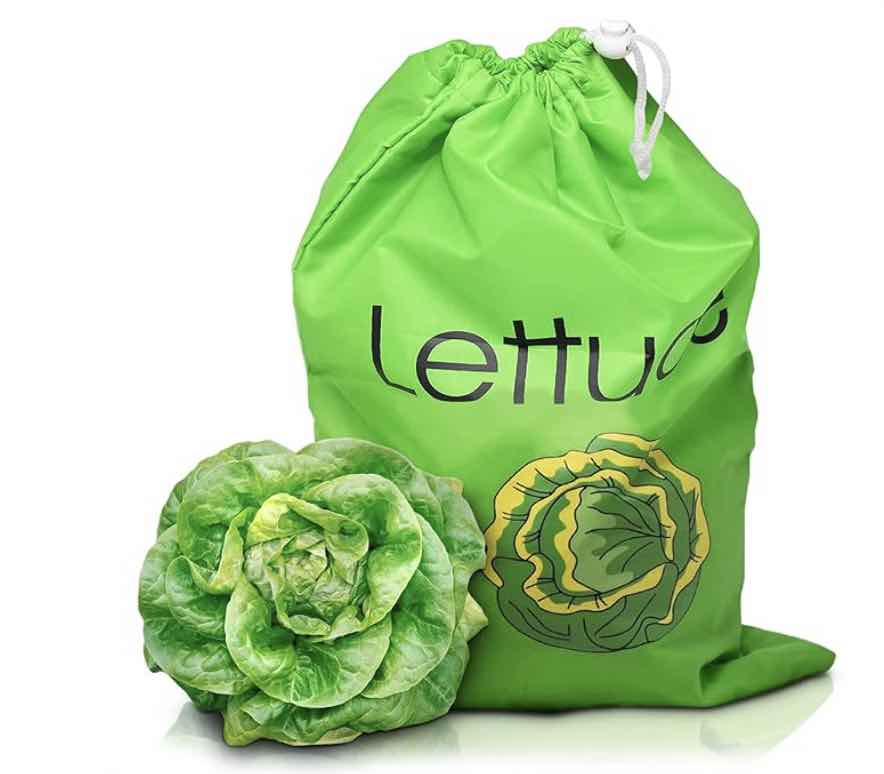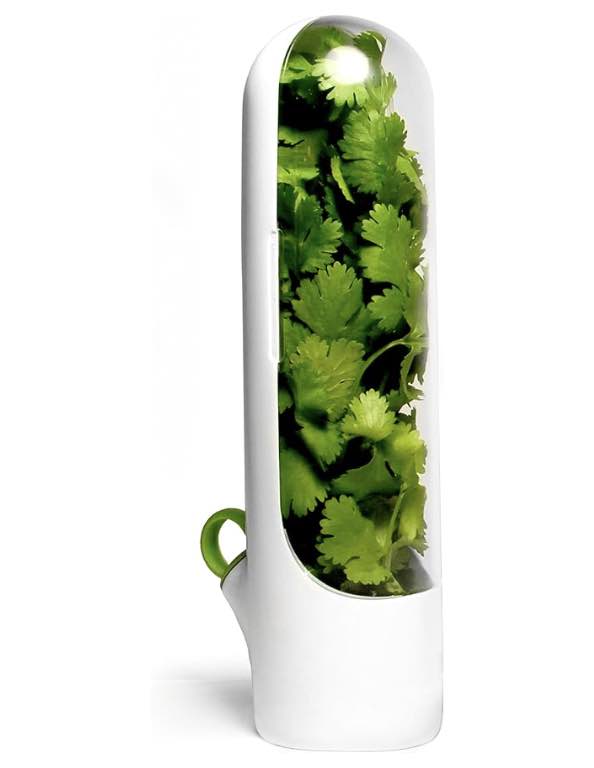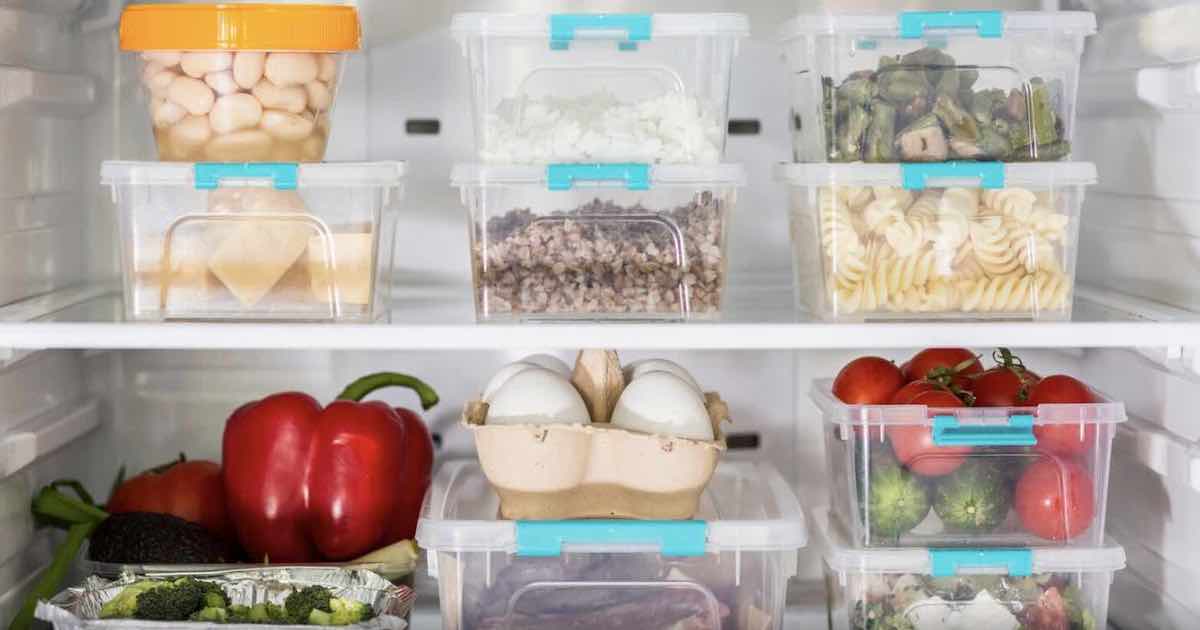Are you guilty of freezing foods without checking if they’ll survive the icy temperatures? You’re not alone! Many of us have made this mistake, only to end up with unappetizing, textureless meals.
According to the United States Department of Agriculture (USDA), freezing is an excellent way to preserve food, but it’s not suitable for all foods. In fact, some foods can become unpalatable or even develop off-flavors and textures when frozen.
At no extra cost to you, some or all of the products featured below are from partners. It’s how we make money as an Independent Digital Magazine. This does not influence our recommendations or editorial integrity, but it does help us keep the site running.
Here are 12 foods you should never put in the freezer:
1. Lettuce
- Why not freeze: Freezing causes lettuce to become mushy due to its high water content.
- Best storage method: Store lettuce in a sealed container or plastic bag in the refrigerator to keep it fresh for up to 5 days.

2. Cucumbers
- Why not to freeze: Cucumbers become soggy and limp when thawed.
- Best storage method: Store cucumbers in the refrigerator, away from direct sunlight and heat sources, to keep them fresh for up to 5 days.
“Freezing is a great way to preserve food, but it’s crucial to choose the right foods for freezing. My favorite freezer storage tips include using airtight containers and labeling everything.” – Emily Peterson, Food Scientist at the USDA
Here are my favorite affordable freezer storage containers.
3. Tomatoes
- Why not to freeze: While tomatoes can be frozen, they lose their firm texture when thawed.
- Best storage method: Store tomatoes at room temperature, away from direct sunlight, to keep them fresh for up to 3 days. Refrigerate only when fully ripe.
4. Raw Potatoes
- Why not to freeze: Raw potatoes become grainy and mushy when thawed.
- Best storage method: Store raw potatoes in a cool, dark place with good ventilation to keep them fresh for up to 2 months.
5. Soft Cheeses
- Why not to freeze: Soft cheeses like brie and cream cheese separate and become crumbly when frozen.
- Best storage method: Store soft cheeses in the refrigerator, wrapped in plastic wrap or aluminum foil, to keep them fresh for up to 1 week.
6. Eggs in Shell
- Why not to freeze: Freezing whole eggs can cause the shells to crack.
- Best storage method: Store eggs in their original carton in the refrigerator to keep them fresh for up to 5 weeks.
7. Yogurt
- Why not to freeze: Yogurt’s texture becomes grainy and separates when frozen.
- Best storage method: Store yogurt in the refrigerator, sealed in its original container, to keep it fresh for up to 1 week.
8. Mayonnaise
- Why not to freeze: Freezing mayonnaise causes the oil to separate, resulting in a curdled mess.
- Best storage method: Store mayonnaise in the refrigerator, sealed in its original jar, to keep it fresh for up to 6 months.
9. Milk
- Why not to freeze: Milk separates and becomes grainy when thawed.
- Best storage method: Store milk in the refrigerator, sealed in its original container, to keep it fresh for up to 1 week.
10. Fried Foods
- Why not to freeze: Fried foods lose their crispy texture when frozen and thawed.
- Best storage method: Store fried foods in an airtight container in the refrigerator to keep them fresh for up to 3 days. Reheat in the oven or toaster oven to restore crispiness.
11. Fresh Herbs
- Why not to freeze: Fresh herbs like basil and parsley wilt and lose flavor when frozen.
- Best storage method: Store fresh herbs in a sealed container or plastic bag in the refrigerator to keep them fresh for up to 1 week. Alternatively, freeze herbs in ice cube trays with olive oil or water to preserve flavor and aroma.

12. Cream-Based Sauces
- Why not to freeze: Cream-based sauces separate and become grainy when frozen.
- Best storage method: Store cream-based sauces in an airtight container in the refrigerator to keep them fresh for up to 3 days. Reheat gently over low heat, whisking constantly, to restore smooth texture.
By knowing which foods to avoid freezing, you’ll be able to enjoy your favorite meals at their best, while also reducing food waste and saving money.
Global Food Waste Statistics:
- One-third of all food produced globally is lost or wasted: According to the United Nations Food and Agriculture Organization (FAO), this amounts to approximately 1.3 billion tonnes of food per year. (Source: FAO)
- The global economic cost of food waste is estimated to be $940 billion annually: This includes the cost of producing, processing, and distributing food that is ultimately wasted. (Source: FAO)
United States Food Waste Statistics:
- 30-40% of the food supply in the United States is wasted: This amounts to approximately 133 billion pounds of food per year. (Source: USDA)
- The average American generates about 219 pounds of food waste per year: This is equivalent to about 30-40% of the food they purchase. (Source: EPA)
Food Waste Statistics by Food Type:
- Fruits and vegetables are the most wasted food types: According to the USDA, fruits and vegetables account for about 39% of food waste in the United States.
- Dairy products and eggs are also commonly wasted: These food types account for about 15% of food waste in the United States. (Source: USDA)
Photo Designed By Freepik







